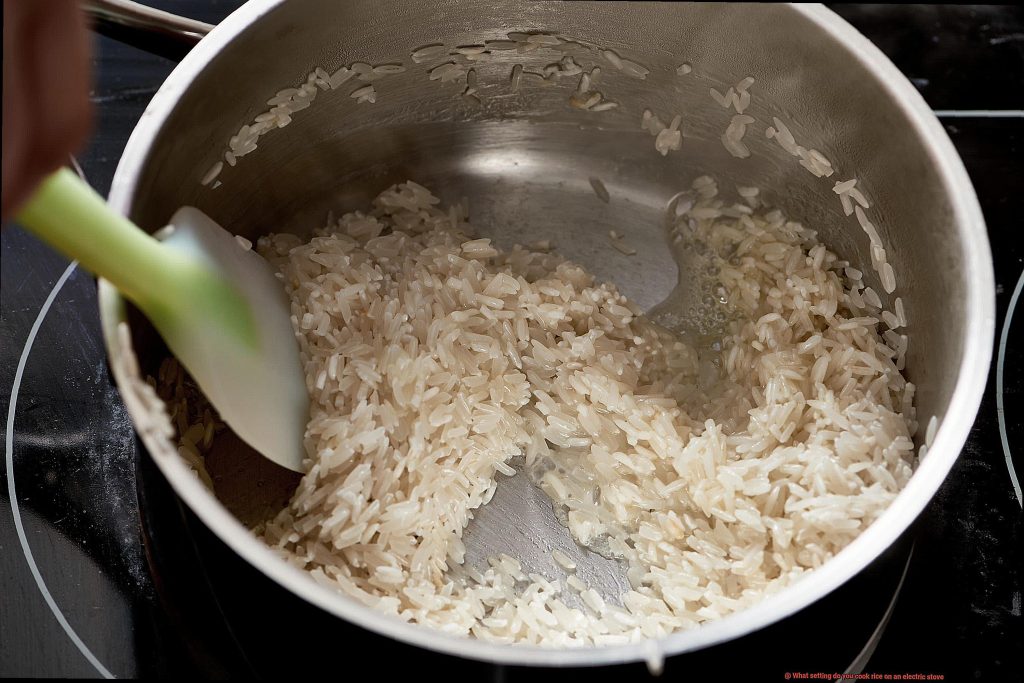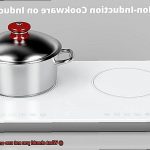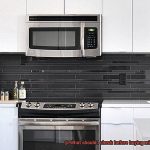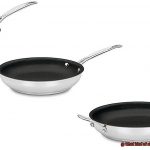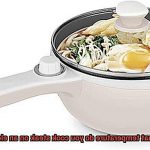Do you find yourself struggling to cook rice on an electric stove? Are you tired of ending up with either undercooked or mushy rice? Fear not, because we have the solution to all your rice-cooking woes. One of the most common questions asked by home cooks is, “what setting do you use for cooking rice on an electric stove?” Well, we’re here to tell you that it’s not as complicated as it seems.
In this blog post, we’ll provide you with all the tips and tricks you need to cook perfect rice every time. We’ll cover everything from finding the ideal stove setting to preventing burnt or undercooked rice. Plus, we’ll explore different types of rice and how each requires a specific cooking time and water ratio. And let’s not forget about the importance of rinsing your rice before cooking – a crucial step often overlooked but essential for achieving flawless results.
Cooking rice on an electric stove can be a breeze if done correctly. With our comprehensive guide, you’ll never have to suffer through poorly cooked rice again. Impress your loved ones with perfectly cooked grains every time. So let’s get started and show that electric stove who’s boss in the kitchen.
Contents
Types of Rice and Cooking Times
Cooking rice on an electric stove may seem like a simple task, but the type of rice you choose and its cooking time can make all the difference in the world. Rice is a versatile staple food that comes in a variety of shapes, sizes, flavors, and textures. Each type of rice has its unique characteristics that need to be considered when cooking. Here are five types of rice and their corresponding cooking times that will help you achieve perfectly cooked rice every time.
White Rice
White rice is a popular option for those who prefer a mild flavor and fluffy texture. This type of rice cooks relatively quickly, taking approximately 18-20 minutes on low heat to cook on an electric stove. To cook white rice, use a 2:1 ratio of water to rice, and let it simmer until the water is fully absorbed.
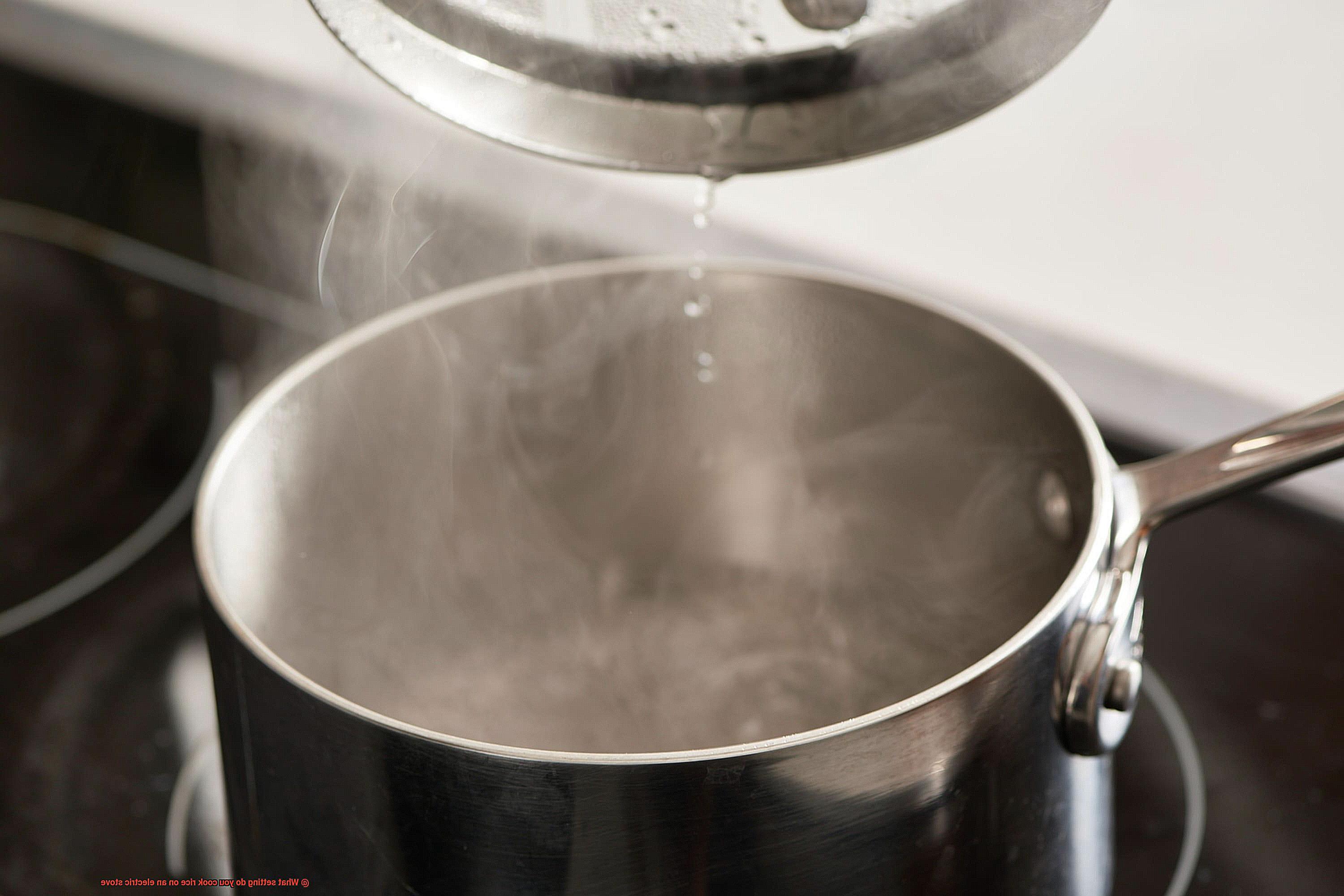
Brown Rice
Brown rice is known for its high fiber content, nutty flavor, and chewy texture. It takes longer to cook than white rice due to the outer bran layer that must be penetrated. The recommended ratio of water to brown rice is 2.5:1, and it takes about 30-35 minutes to cook on an electric stove on low heat.
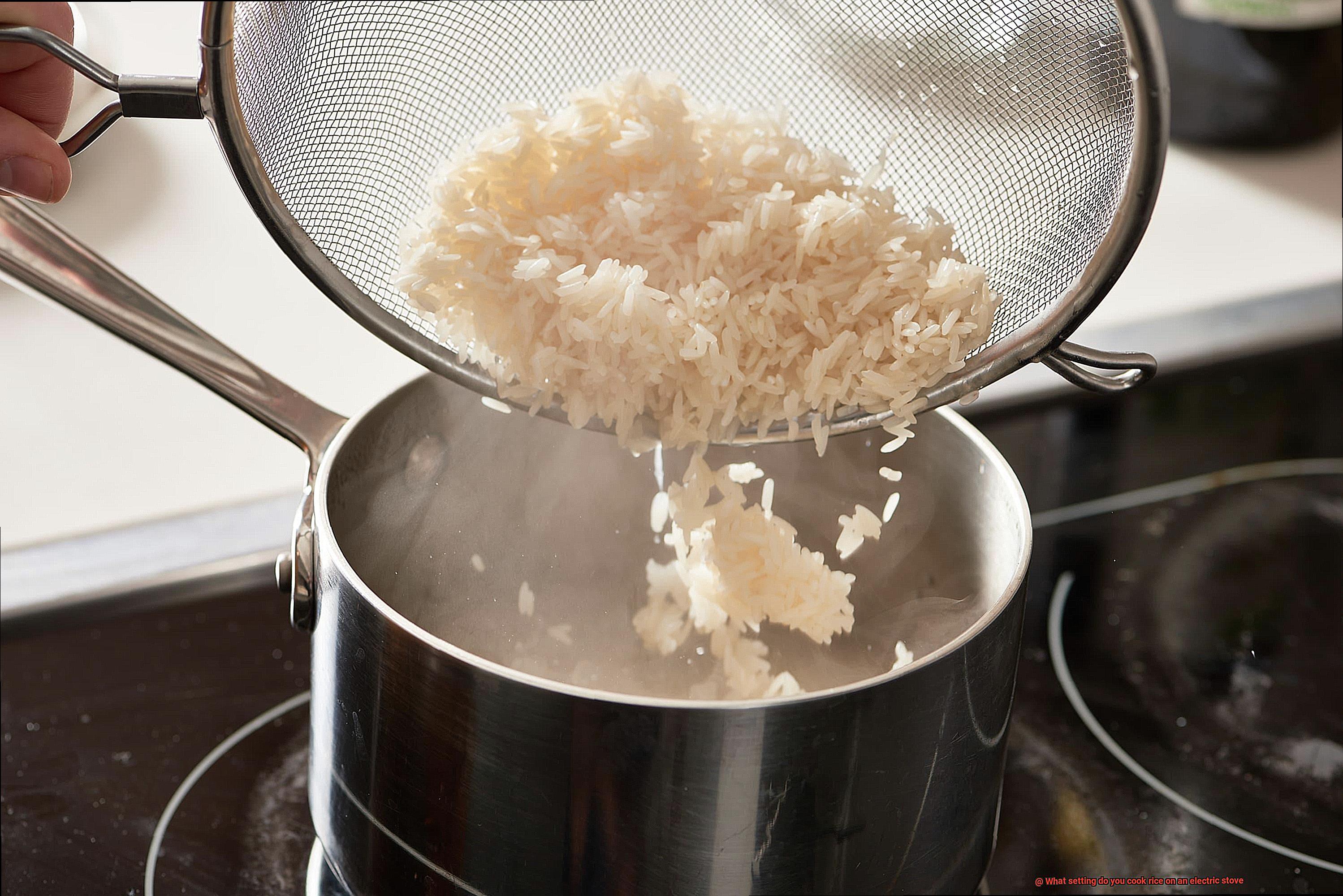
Jasmine Rice
Jasmine rice is a fragrant long-grain rice that adds an aromatic touch to any dish it’s used in. It has a delicate floral aroma and slightly sweet flavor that makes it perfect for Thai and Vietnamese cuisine. To cook jasmine rice on an electric stove, use a 1.5:1 ratio of water to rice and cook it for approximately 18-20 minutes on low heat.
Basmati Rice
Basmati rice is a long-grain aromatic rice that originates from India and Pakistan. It has a distinct nutty flavor and aroma that makes it perfect for pilaf or biryani dishes. To cook basmati rice on an electric stove, use a 1.5:1 ratio of water to rice and cook it for approximately 18-20 minutes on low heat.
Arborio Rice
Arborio rice is a short-grain rice that is commonly used in risotto dishes. It has a creamy texture and absorbs flavors well, making it perfect for warm, comforting meals. To cook arborio rice on an electric stove, use a 3:1 ratio of liquid (water or broth) to rice and cook it for approximately 25-30 minutes on low heat.
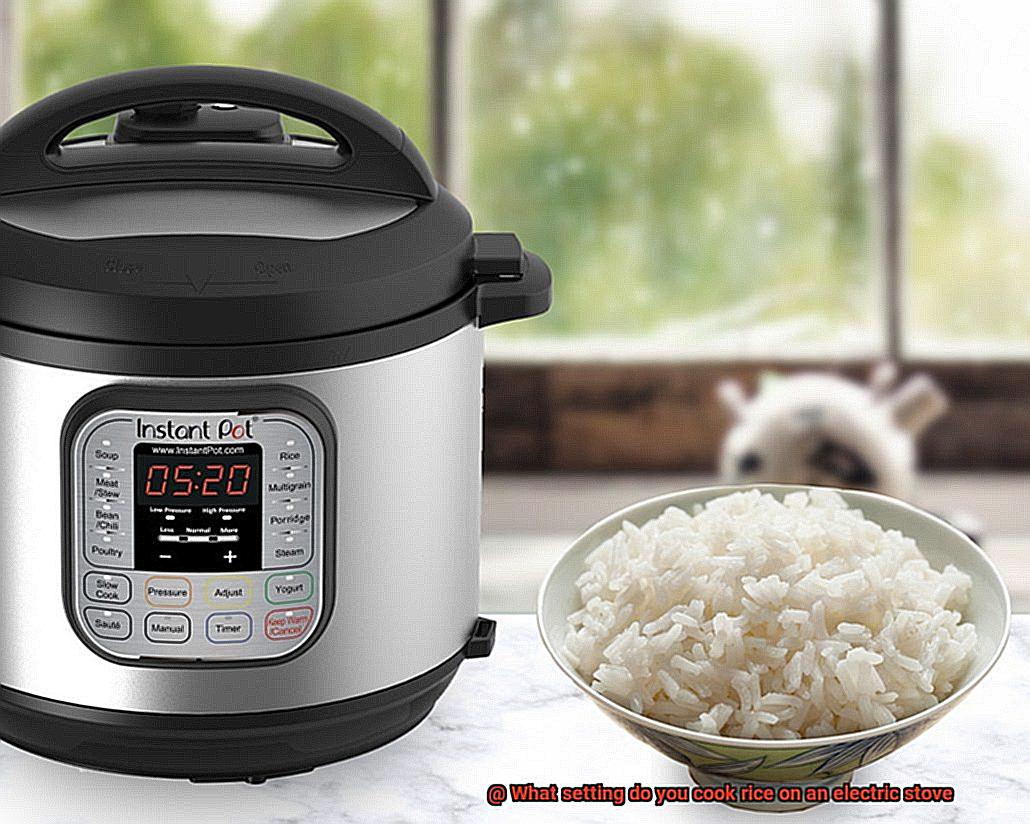
It’s worth noting that cooking times may vary based on the specific brand and age of the rice, as well as your location’s altitude and humidity. It’s always best to follow the instructions on the package and adjust cooking times accordingly.
In conclusion, knowing the different types of rice available and their corresponding cooking times is essential when cooking rice on an electric stove. With this knowledge, you can ensure that your rice turns out perfectly cooked every time.
The Absorption Method
Fear not, for the Absorption Method is here to save the day. With this foolproof cooking method, you can achieve perfectly cooked rice, every time.
To start, rinse your desired amount of rice thoroughly in cold water. This crucial step removes excess starch and prevents clumping. Once rinsed, add the rice to a saucepan with double the amount of water. A ratio of 1:2 (rice to water) is ideal.
Heat the water on high until it comes to a boil, then reduce the heat to low and cover the saucepan with a tight-fitting lid. Let the rice simmer for 18-20 minutes without lifting the lid. This allows the rice to absorb all the water and cook evenly.
Once the cooking time is complete, remove the saucepan from heat and let it sit for 5-10 minutes with the lid still on. This allows any remaining steam to be absorbed by the rice, resulting in a fluffy texture that’s sure to impress. When ready to serve, fluff up the rice with a fork.
When it comes to selecting the correct setting on your electric stove, there’s no one-size-fits-all answer. Every stove is different, so it’s important to experiment with high and low heat settings until you find what works best for you.
In summary, here are some key points to keep in mind when using the Absorption Method:
- Rinse your rice thoroughly before cooking
- Use a 1:2 ratio of rice to water
- Bring water to a boil before reducing heat and covering with a lid
- Avoid lifting the lid during cooking
- Let rice sit for 5-10 minutes after cooking before fluffing with a fork
Choosing the Right Heat Setting
Choosing the right heat setting is the key to achieving perfectly cooked rice every time.
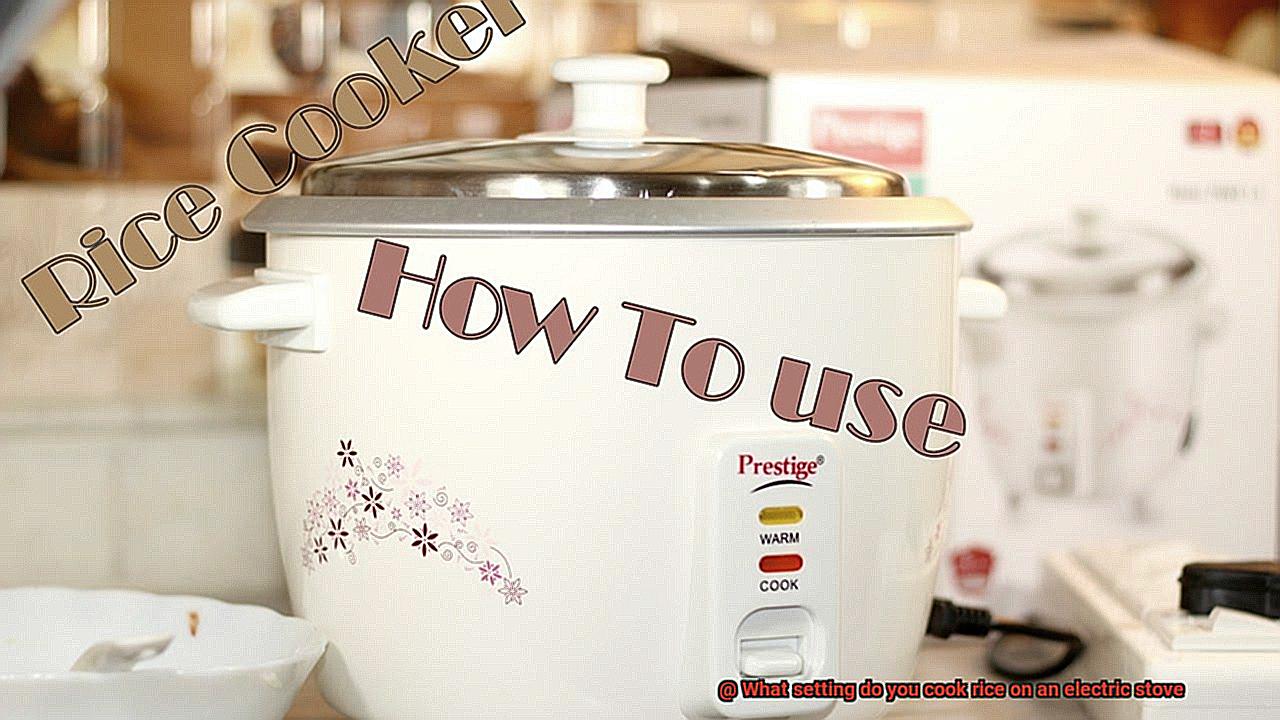
To start, it’s important to consider the type of rice you are cooking. For white rice, use medium-high heat to bring the water to a boil and then reduce the heat to low and cover with a lid. This will allow the rice to absorb the water and steam until it is fully cooked. If you’re cooking brown rice, be prepared for a longer cooking time. Cook it on medium-high heat until the water comes to a boil and then reduce to low heat and cover with a lid for around 45 minutes.
It’s crucial not to crank up the heat too high or set it too low as both can lead to undesirable results. Too high of a heat setting will cause the water to evaporate too quickly, leaving you with undercooked rice that is still crunchy in the center. Conversely, too low of a heat setting will lead to overcooked or mushy rice. So, take your time and find the sweet spot for your stove.
In addition to choosing the appropriate heat setting, it’s also essential to use the right amount of water and adjust the cooking time accordingly. Different types of rice require different amounts of water and cooking times, so make sure to check the packaging or recipe instructions before cooking.
To sum it up, choosing the right heat setting for your rice is critical for achieving perfect results. By using medium-high heat for white rice and adjusting it a bit lower for brown rice, you can ensure that your rice turns out fluffy and delicious every time. So, don’t forget to experiment until you find what works best for you – because let’s face it, every stove is unique like a snowflake. With these tips, you’ll be a rice cooking pro in no time. Happy cooking.
Smaller Pots Require Higher Heat Settings
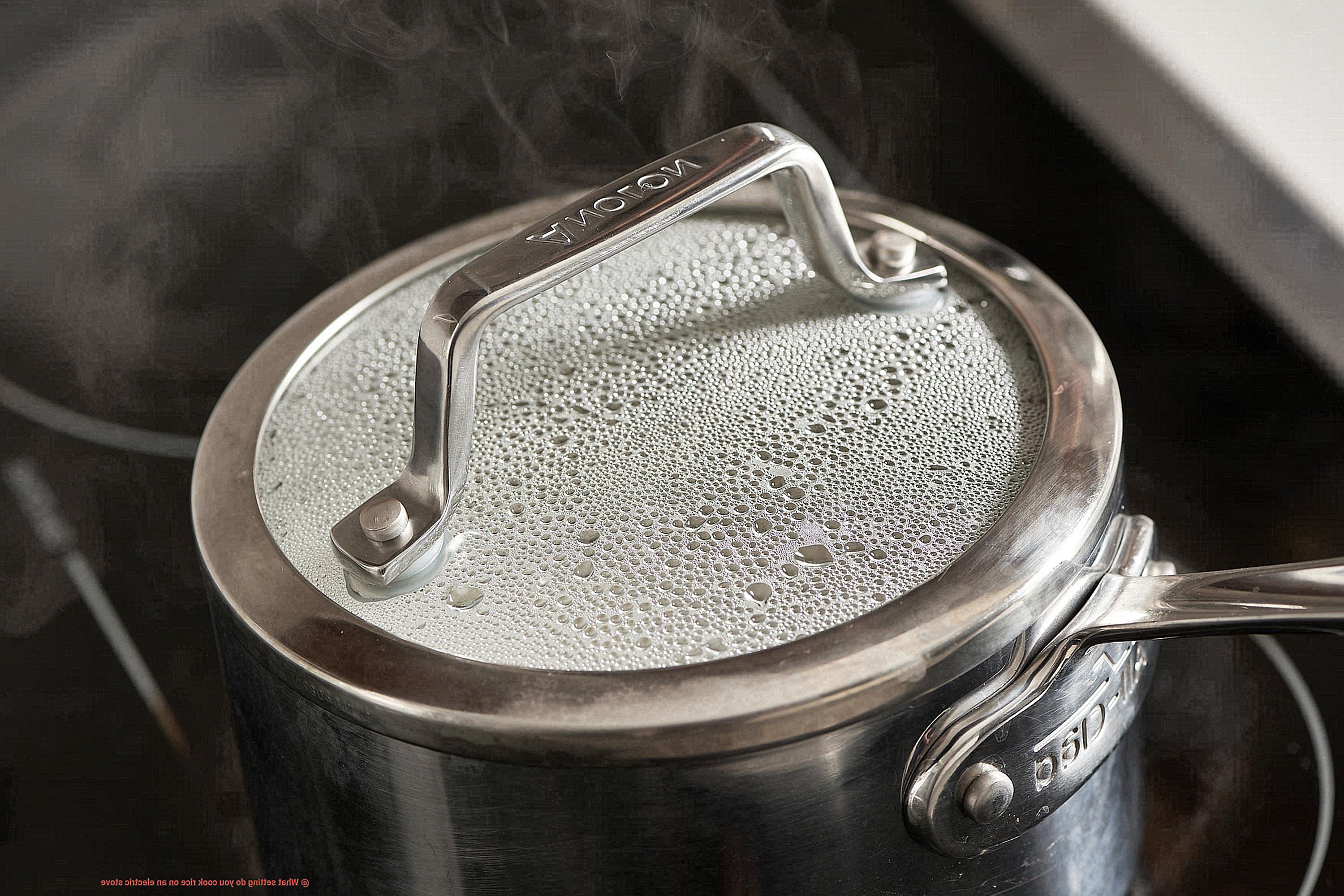
Smaller pots require higher heat settings due to their limited surface area. This leads to uneven distribution of heat, resulting in less-than-perfect texture and flavor. But fear not, using a larger pot will allow for even heat distribution and optimal texture and flavor. Aim to use a pot that is at least twice as large as the amount of rice you are cooking.
But what if you need to use a smaller pot? Don’t worry, just adjust your heat setting accordingly. You may need to turn up the heat slightly to compensate for the smaller pot size. Keep an eye on your rice as it cooks and make any necessary adjustments along the way.
Nonstick Pots Need Lower Heat Settings
When it comes to cooking rice, the type of pot you use matters. Nonstick pots, in particular, require lower heat settings compared to other types of pots. As an expert on nonstick pots and their role in rice cooking, I can tell you that these pots are designed to distribute heat evenly and effectively, making them a great choice for cooking rice on an electric stove.
However, this efficient heat distribution also means that nonstick pots can easily overheat and burn food if the heat setting is too high. To prevent this from happening, it’s crucial to use a low or medium heat setting when cooking rice in a nonstick pot. This will allow the rice to cook evenly without sticking to the bottom of the pot or burning.
But that’s not all. To ensure your rice is perfectly cooked, it’s important to stir it occasionally while it’s cooking. This prevents clumping and sticking, ensuring your rice has the perfect texture. If you notice that the rice is drying out or sticking to the pot, you may need to add more water or reduce the heat setting further.
To summarize, here are a few key takeaways:
- Nonstick pots require lower heat settings when cooking rice on an electric stove due to their efficient distribution of heat.
- Use a low or medium heat setting when cooking rice in a nonstick pot to prevent burning or sticking.
- Stir your rice occasionally while it’s cooking to prevent clumping and sticking.
- If necessary, add more water or reduce the heat setting further.
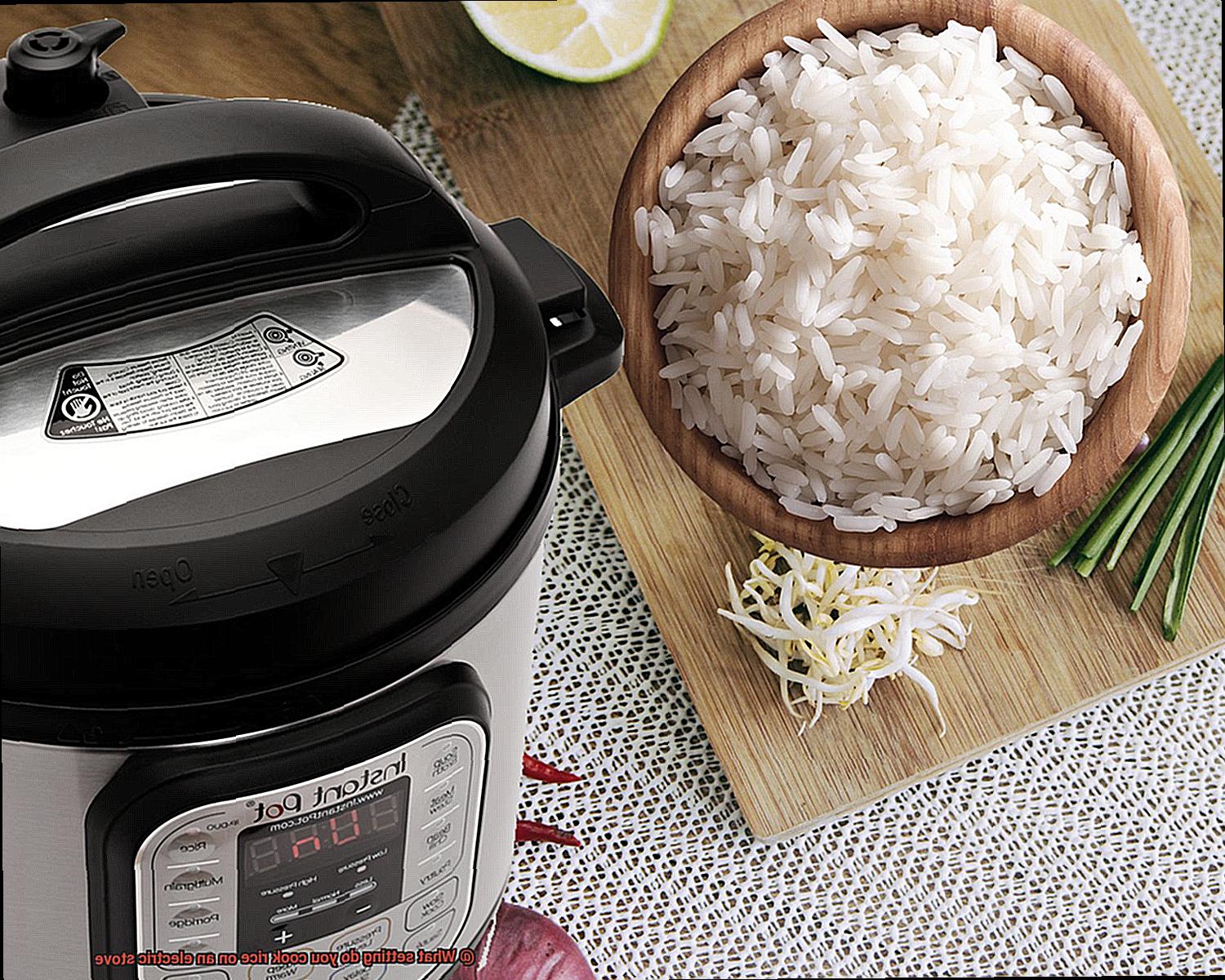
Start with Medium-Low Heat Settings
Cooking rice on an electric stove can be a tricky task, but with the right heat setting, you can make the perfect pot of rice every time. As an expert on cooking rice on electric stoves, I highly recommend starting with a medium-low heat setting. Here are some reasons why:
Firstly, cooking rice on medium-low heat ensures that the rice cooks slowly and evenly. This is crucial as it prevents burning and ensures that the rice is cooked to perfection. It’s important to note that different stovetops may have slightly different heat settings, so testing out the medium-low setting on your particular stove is key.
Another advantage of starting with a medium-low heat setting is that it gives you more control over the cooking process. You can monitor the rice more easily and adjust the heat as needed to ensure even cooking. Additionally, if you’re using a pot with a lid, starting with medium-low heat helps prevent boiling over as steam can escape properly.
While it may take longer for the rice to cook on a medium-low heat setting, this slower cooking time can actually be beneficial. It gives the rice time to absorb more water and develop a more tender texture. This results in fluffy, perfectly cooked rice every time.
Stirring Occassionally to Prevent Burning or Sticking
Stirring the rice occasionally is crucial because it promotes even distribution of heat, preventing clumping and ensuring that the rice cooks evenly. It also prevents the rice from sticking to the bottom of the pot, which can ruin the entire dish.
Now, let’s dive into some sub-topics to help you become a master rice-cooker. Firstly, it’s important to use a wooden or silicone spoon when stirring to avoid damaging the delicate grains. Avoid stirring too vigorously as this can cause the rice to become mushy and lose its texture.
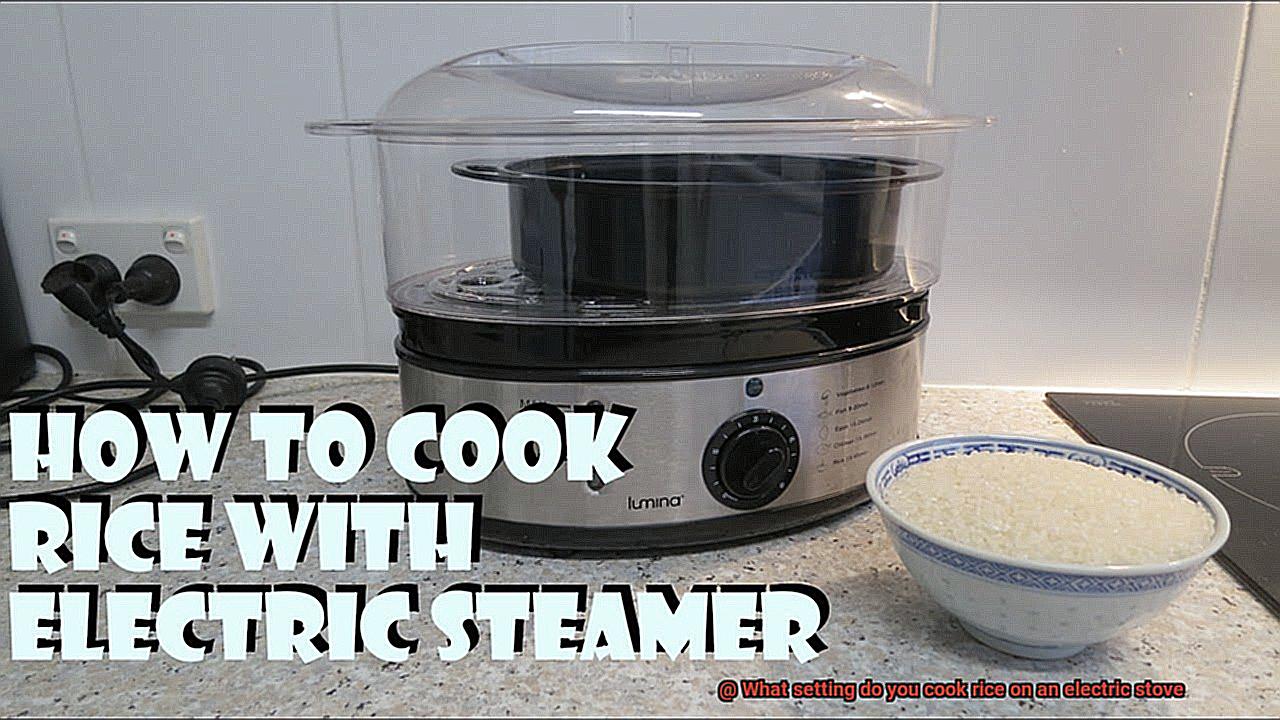
But what if you notice some sticking happening? Don’t worry – adding a little bit of water or broth and gently stirring will help loosen up any stuck grains. You can also try lowering the heat setting slightly to prevent further sticking.
To summarize, stirring occasionally is a simple but crucial step in achieving perfectly cooked and fluffy rice. So grab your spoon and get ready for some arm workout. Here’s a quick list of things to keep in mind:
- Use a wooden or silicone spoon to avoid damaging the delicate grains.
- Avoid stirring too vigorously as this can cause the rice to become mushy.
- If you notice sticking, add a little bit of water or broth and gently stir.
- Lowering the heat setting can also prevent further sticking.
Ag_YyTCOFqw” >
Conclusion
Cooking rice on an electric stove can be intimidating, but don’t worry – with the right heat setting and technique, you’ll be able to cook rice that’s fluffy and delicious every time. The type of rice you choose and its cooking time are important factors to consider when cooking on an electric stove. For example, white rice takes around 18-20 minutes on low heat, while brown rice requires approximately 30-35 minutes. Jasmine, basmati, and arborio rice each have their unique characteristics that require specific water ratios and cooking times.
One foolproof technique for cooking rice is the absorption method. Begin by rinsing your desired amount of rice thoroughly in cold water before adding it to a saucepan with double the amount of water. Heat the water on high until it boils, then reduce the heat to low and cover the saucepan with a tight-fitting lid. Let the rice simmer for 18-20 minutes without lifting the lid.
Choosing the right heat setting is also crucial for perfect results. Use medium-high heat for white rice and adjust it slightly lower for brown rice. Remember that smaller pots need higher heat settings due to their limited surface area, while nonstick pots require lower heat settings to prevent burning or sticking.
Stirring occasionally is another important step in achieving perfectly cooked and fluffy rice. Use a wooden or silicone spoon to avoid damaging the delicate grains, stir gently but thoroughly, and add a little bit of water or broth if you notice any sticking happening.

